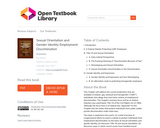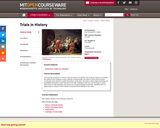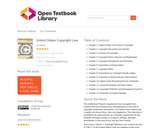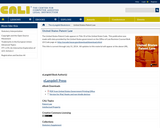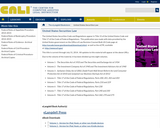
Sales and Leases is a coursebook for a 3-credit course in personal property sales and leases – the subject matter of UCC Articles 2 and 2A. Adjustments could be made for other credit allocations and chapters can be used on a stand-alone basis. The course is designed so that students both review the rules and principles they studied in their first-year course in Contracts and learn the rules that apply to the subset of contracts for the sale and lease of goods. Students taking this course should be well-prepared to solve legal problems in contracts and sales, and should be well-prepared for those parts of the bar exam as well.
While the course in Contracts focuses on the rules of common-law contracts, the focus of this course is the rules found in legislation. Therefore, instead of emphasizing case analysis, the book contains a good deal of narrative that assists students in working through the complexity of the statutes. Students will need to supplement the book with a complete copy of the UCC that includes the Official Comments. Discussion of other statutes, such as UETA and Magnuson-Moss, is incorporated where appropriate.
The approach is problem-based, which we believe is more appropriate for an upper-division course based primarily on statutes. The narrative is interspersed with problems for class discussion that require students to apply the principles and rules to particular fact situations. Many times there is an issue of interpretation or policy in the Code, however, and therefore each chapter also contains at least one case that explores an issue arising under the statute.
- Subject:
- Law
- Material Type:
- Textbook
- Provider:
- The Center for Computer Assisted Legal Instruction (CALI)
- Provider Set:
- The eLangdell Bookstore
- Author:
- Kristen Juras
- Scott J. Burnham
- Date Added:
- 10/26/2023
